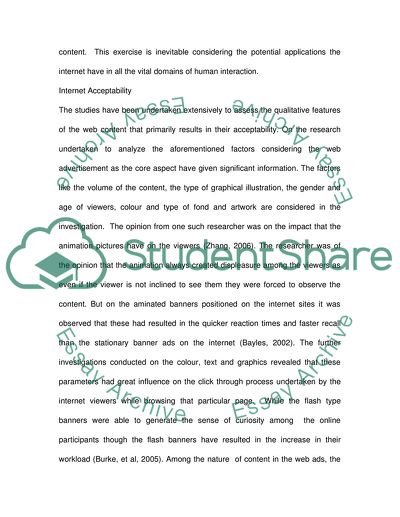Cite this document
(Non-Technical Factors on the Internet Acceptability Case Study - 1, n.d.)
Non-Technical Factors on the Internet Acceptability Case Study - 1. Retrieved from https://studentshare.org/information-technology/1558567-web-accessibility-and-the-internet-cultural-issues
Non-Technical Factors on the Internet Acceptability Case Study - 1. Retrieved from https://studentshare.org/information-technology/1558567-web-accessibility-and-the-internet-cultural-issues
(Non-Technical Factors on the Internet Acceptability Case Study - 1)
Non-Technical Factors on the Internet Acceptability Case Study - 1. https://studentshare.org/information-technology/1558567-web-accessibility-and-the-internet-cultural-issues.
Non-Technical Factors on the Internet Acceptability Case Study - 1. https://studentshare.org/information-technology/1558567-web-accessibility-and-the-internet-cultural-issues.
“Non-Technical Factors on the Internet Acceptability Case Study - 1”, n.d. https://studentshare.org/information-technology/1558567-web-accessibility-and-the-internet-cultural-issues.


